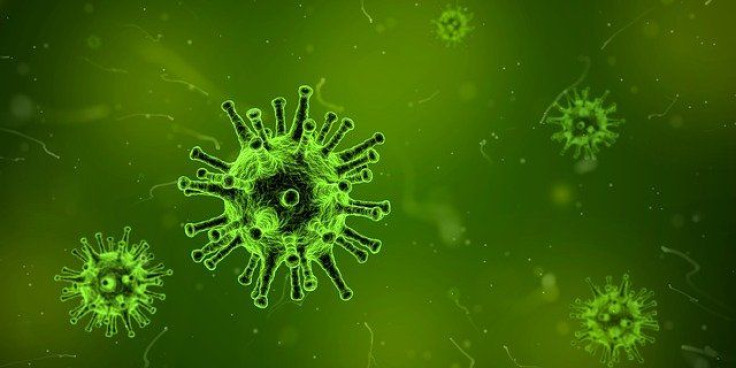Scientists Breathe Life Into 48,500-Year-Old 'Zombie Virus' Found Frozen In Siberia
KEY POINTS
- 13 new viruses have been identified from Siberian permafrost
- All 13 of them are different from each other genetically
- The record-breaking virus, Pandoravirus yedoma, was found under a lake
No, this is not science fiction. Scientists have revived eons old 'zombie viruses' from the Siberian permafrost.
Out of the 13 new viruses that have been identified, the oldest is a 48,500-year-old amoeba virus, according to the findings posted by researchers in the pre-print server bioRxiv.
"48,500 years is a world record," Jean-Michel Claverie, co-author and a professor of genomics and bioinformatics at Aix-Marseille University's School of Medicine, told New Scientist.
Researchers warned it may just be the tip of the iceberg, adding that continued global warming will thaw the Siberian permafrost to reveal nastily pathogens from melting organic matter.
"One-quarter of the Northern Hemisphere is underlain by permanently frozen ground, referred to as permafrost," researchers wrote in the paper. "Due to climate warming, irreversibly thawing permafrost is releasing organic matter frozen for up to a million years, most of which decomposes into carbon dioxide and methane, further enhancing the greenhouse effect."
In contrast to the record-breaking virus, Pandoravirus yedoma, which was found under a lake, three other viruses were collected from 27,000-year-old samples of mammoth poop and mammoth wool. Honoring their origin, the scientists named the viruses Pithovirus mammoth, Pandoravirus mammoth, and Megavirus mammoth.
At the same time, two other viruses were separately isolated from the stomach of a Siberian wolf (Canis lupus). They have been aptly named Pacmanvirus lupus and Pandoravirus lupus, as per IFLScience.
All 13 of the viruses were different from each other genetically, the study confirmed.
"As unfortunately well documented by recent (and ongoing) pandemics, each new virus, even related to known families, almost always requires the development of highly specific medical responses, such as new antivirals or vaccines," authors of the study wrote. "It is therefore legitimate to ponder the risk of ancient viral particles remaining infectious and getting back into circulation by the thawing of ancient permafrost layers."
Virologist Eric Delwart, from the University of California in San Francisco, who was not a part of the study, affirmed his agreement with the authors.
"If the authors are indeed isolating live viruses from ancient permafrost, it is likely that the even smaller, simpler mammalian viruses would also survive frozen for eons," Delwart told New Scientist.
The same research team previously unearthed a 30,000-year-old virus from Siberia.
Meanwhile, a recent study warned that tonnes of bacteria hiding in the melting glaciers could be released into rivers and lakes as global warming continues unabated, BBC reported.
"The number of microbes released depends closely on how quickly the glaciers melt, and therefore how much we continue to warm the planet," Dr. Arwyn Edwards, co-author and microbiologist, said, adding that "the risk is probably very small, but it requires careful assessment."

© Copyright IBTimes 2024. All rights reserved.











